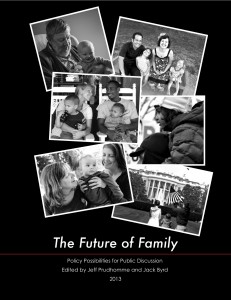This 4-page publication (2004) describes the “Deliberative Mapping” approach and how it could be used to foster more productive discussions between specialists and members of the public about complex policy issues where there is no obvious way forward.
Though it only appears to have been tried once, Deliberative Mapping was a methodology that could be applied to a problem to judge how well different courses of action perform according to a set of economic, social, ethical and scientific criteria. The aim was to use the approach as the basis for more robust, democratic and accountable decision making which better reflects public values.
The methodology combined assessment by individual specialists and members of the public (or citizens). Participants:
- appraise a complex problem for which there is no single obvious way forward
- systematically weigh up the pros and cons of each of the potential ‘options’ under consideration, and
- integrate their individual assessments to help identify a possible future course of action.
Deliberative Mapping integrated two independent but complementary approaches to informing decision making:
- Stakeholder decision analysis (SDA) which is a qualitative group based process
- Multi-Criteria Mapping (MCM) which is a quantitative, computer-assisted interview process
This briefing was authored by Science and Technology Policy Research at the University of Sussex and the Environment and Society Research Unit (ESRU) University College.
Resource Link: http://ncdd.org/rc/wp-content/uploads/DeliberativeMapping.pdf (download)

 Edited by IF Fellow Jeff Prudhomme and the Interactivity Foundation’s president Jack Byrd, Jr., this guidebook asks readers to consider how public policy might respond to these concerns. It invites readers to explore and discuss what values or moral considerations shape these policies? What are the rights and responsibilities in regard to the family that public policy should take into account? How should we approach the relationship between political power and the family? What are other moral, legal, or political concerns that our family policies might need to address?
Edited by IF Fellow Jeff Prudhomme and the Interactivity Foundation’s president Jack Byrd, Jr., this guidebook asks readers to consider how public policy might respond to these concerns. It invites readers to explore and discuss what values or moral considerations shape these policies? What are the rights and responsibilities in regard to the family that public policy should take into account? How should we approach the relationship between political power and the family? What are other moral, legal, or political concerns that our family policies might need to address?